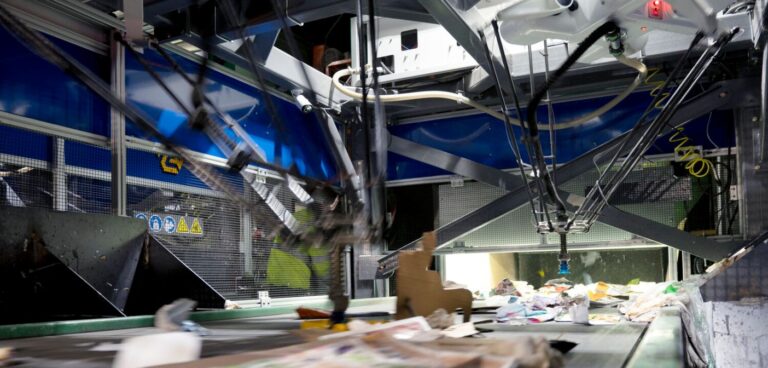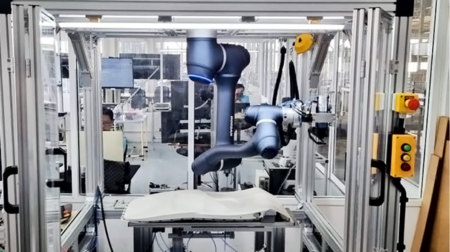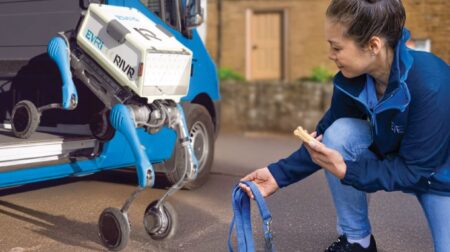AMP Robotics, a developer of AI and robotics solutions for the waste and recycling industry, has introduced two new high-diversion production facilities based on its infrastructure model for advanced secondary sortation.
The company-owned facilities, located outside of Atlanta and Cleveland, USA, are designed to economically process and aggregate low volumes of difficult-to-recycle mixed plastics, paper, and metals sourced from residue supplied by primary materials recovery facilities (MRFs) and other material providers.
“With the success of the pilot facility we launched last year in Denver, we’ve been working hard to bring online additional facilities powered by our application of AI for material identification and advanced automation,” said Matanya Horowitz, founder and CEO of AMP Robotics.
“This secondary sortation model is helping to address the millions of tons of recyclables and billions of dollars worth of material feedstock lost to landfill despite the demand for high-quality recycled content from consumer-packaged goods companies and brand owners.”
AMP added the strength of its AI makes secondary sortation technically and economically feasible. The AI platform, AMP Neuron, recognises 50 billion objects on an annual basis—a number that continues to increase as the company’s install base expands.
Through its secondary sortation model, AMP recovers mixed paper, metals, and a portfolio of plastics in a variety of form factors and attributes with high precision and purity, with a special focus on plastic blends uniquely enabled by AI.
The company resells these commodities, including bespoke chemical and polymer blends needed by processors and manufacturers, to end-market buyers. AMP added it is continuing to innovate its AI capabilities to identify and recover film and flexible packaging, which create operational challenges for MRFs and historically have been complicated to recover and expensive to reprocess into raw materials.
AMP’s secondary facilities work to drive down the cost of recovery while creating contamination-free, high-quality bales of recycled material for resale. AMP’s business model also introduces market certainty, lower disposal costs, and new revenue streams for established MRFs by creating a destination for residue that they would otherwise have to pay to landfill, as well as demand for mixed or impure plastic streams that may not have strong end markets.
“We’ve had AMP’s AI-guided robotics systems installed since 2019, and they’ve helped us lower labour costs, increase recovery, and boost capacity,” said Joe Benedetto, president, RDS of Virginia. “Now that we’re working with AMP on residue, mixed plastics, and containers for secondary processing, we’re seeing lower disposal costs and a new source of income. Moreover, we’re better fulfilling our commitment to ensuring more recyclables are actually recycled.”
AMP plans to introduce additional facilities in the second half of 2022. The company is seeking relationships with waste management companies to accept or buy residual or secondary materials as well as strategic partnerships with plastics reclaimers, chemical recyclers, and other plastics manufacturers for off-take of recovered plastics.








